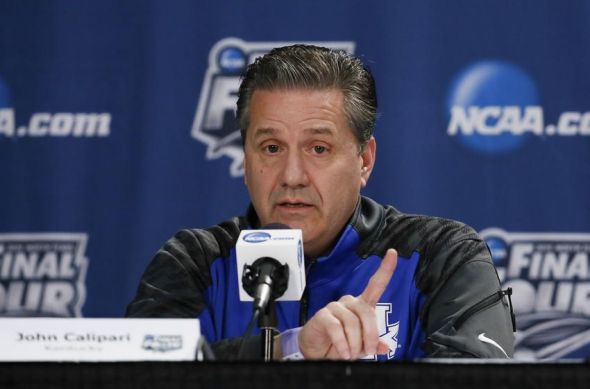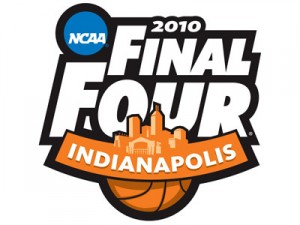On Improving the NCAA Tourney: Part I
Posted by Brad Jenkins (@bradjenk) on March 28th, 2017Last June the National Association of Basketball Coaches (NABC) empaneled an ad hoc committee whose stated purpose was to provide the NCAA Division I Men’s Basketball Selection Committee a perspective from men’s basketball coaches and their teams regarding selection, seeding and bracketing for the NCAA Tournament. The NCAA has in recent years become increasingly receptive to considering and making changes, and as this year’s event reaches its climax, we decided to offer some specific recommendations to bolster the best three weeks in sports. Let’s focus today on improvements to the selection and seeding process.

John Calipari is one of the members of the recently created NABC ad hoc committee formed to make recommendations to the NCAA Selection Committee. (Kevin Jairaj/USA TODAY Sports)
Bye Bye, RPI
Whenever the subject arises of improving the primary metric that the Selection Committee uses, there is one recurring response: Either dump the RPI altogether, or dramatically limit its influence. The good news is that we may finally be headed in that direction. A month after the NABC formed its committee and began communicating with the NCAA, the following statement was made as part of an update on the current NCAA Selection Committee:
The basketball committee supported in concept revising the current ranking system utilized in the selection and seeding process, and will work collaboratively with select members of the NABC ad hoc group to study a potentially more effective composite ranking system for possible implementation no earlier than the 2017-18 season.
Moving away from the RPI as the primary method for sorting teams into composite tiers would be a huge step toward improving the balance of the field. We have heard committee members for years make the point that a school’s RPI ranking is just one factor of many on its resume. But then the same committee members turn right around and cite that team’s record against the top-50 or top-100 — or its strength of schedule rating — all of which, of course, are derivative of the RPI. That means that the outdated metric is still, even now in an environment of Big Data, a highly significant influence on how teams are judged. The real harm occurs when the RPI results in entire conferences being overrated, which leads to those member institutions likewise being over-seeded. Placing five to seven teams well above their proper seed lines can have a substantial negative impact on the overall balance and corresponding fairness of the entire NCAA Tournament. Here are three recent examples.






























 Andy Katz now reports on his blog today that the NABC put forth a new statement yesterday that admonishes coaches for using their early autumn ‘skill development’ time (2 hours/week) prior to full practices for recruiting purposes. More specifically, they don’t want schools to bump up their Midnight Madness festivities to a preceding weekend so as to take advantage of a more favorable recruiting scenario (i.e., big football game on campus, local stripper convention, the fact that nobody else is having Midnight Madness that weekend). Why is this important now? Because
Andy Katz now reports on his blog today that the NABC put forth a new statement yesterday that admonishes coaches for using their early autumn ‘skill development’ time (2 hours/week) prior to full practices for recruiting purposes. More specifically, they don’t want schools to bump up their Midnight Madness festivities to a preceding weekend so as to take advantage of a more favorable recruiting scenario (i.e., big football game on campus, local stripper convention, the fact that nobody else is having Midnight Madness that weekend). Why is this important now? Because 














